Last week, Facebook announced that it was making the Trending Topics section more automated. More algorithm-based. Less person-based. On Monday, the section showed a fake news story at the top of the list for several hours.
Nick Statt for the Verge on the human element:
The changes instituted on Friday didn’t throw all of that away; Facebook has been slowly stripping away the human element of Trending Topics for months now. Rather, it marked the moment Facebook decided its algorithmic approach was more favorable, or perhaps more cost-effective and less damaging. But in shifting the reins to engineers, the company has minimized the kind of news judgment typically exercised by journalists and editors. Now, just a few days later, we’re realizing just how important that human element was.
Data. Always open for interpretation.


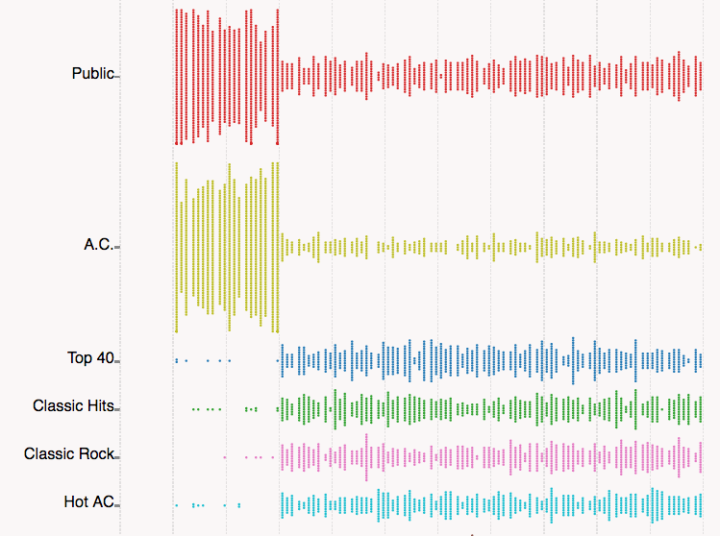
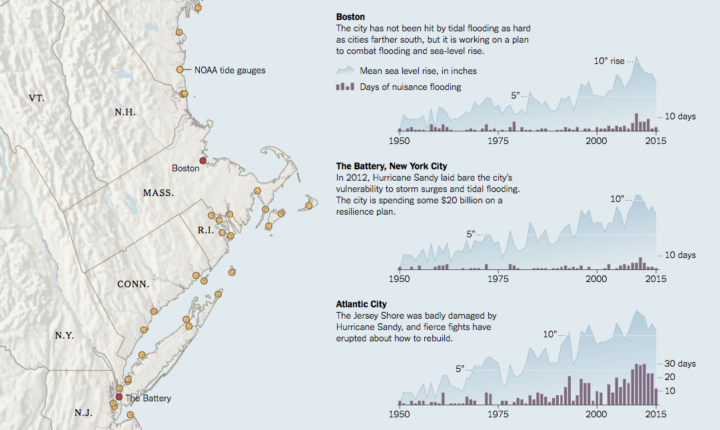
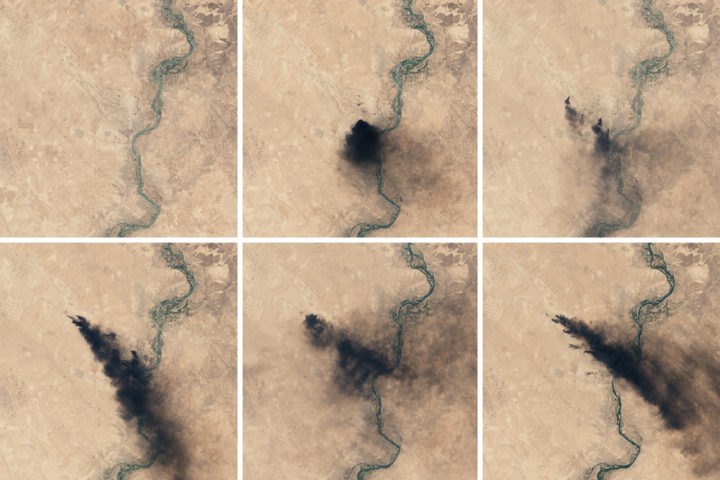
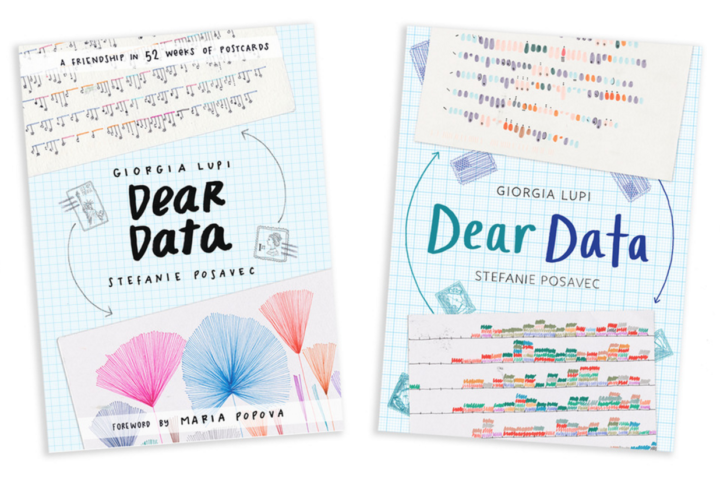

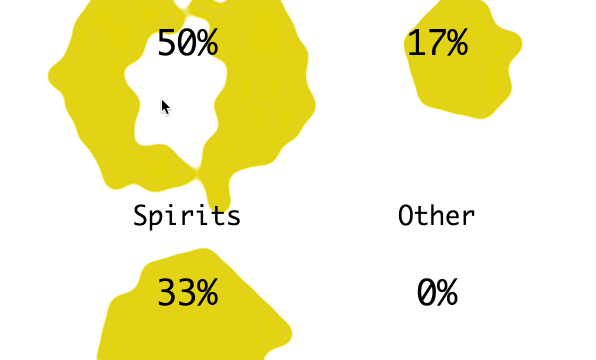
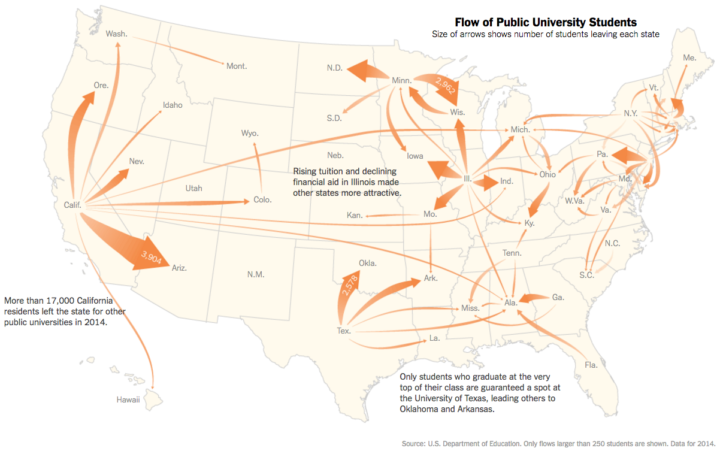
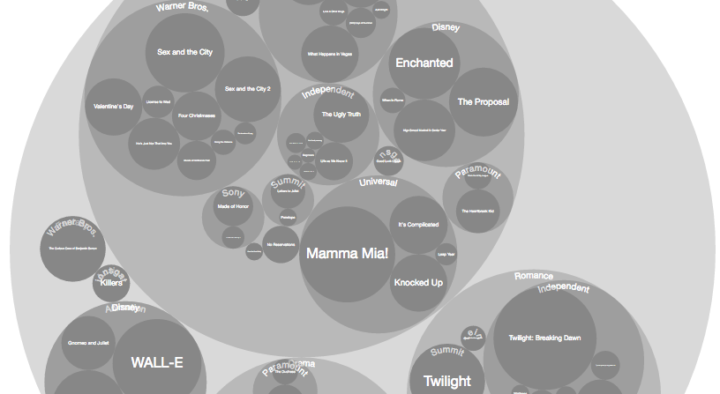

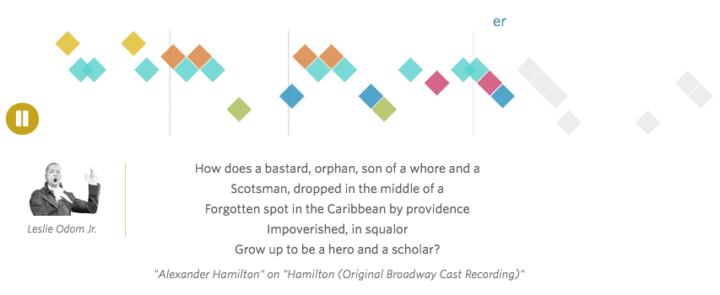
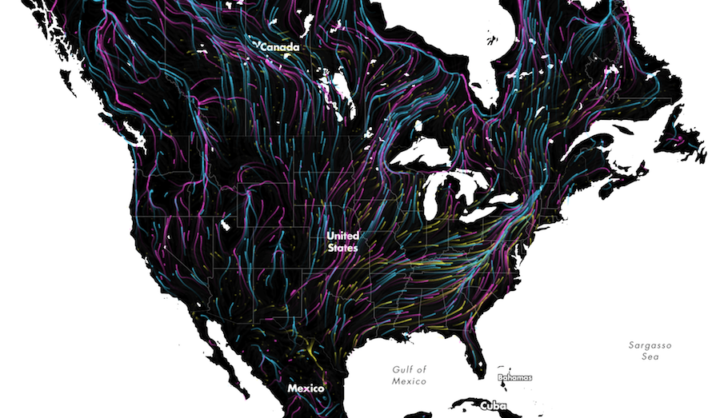
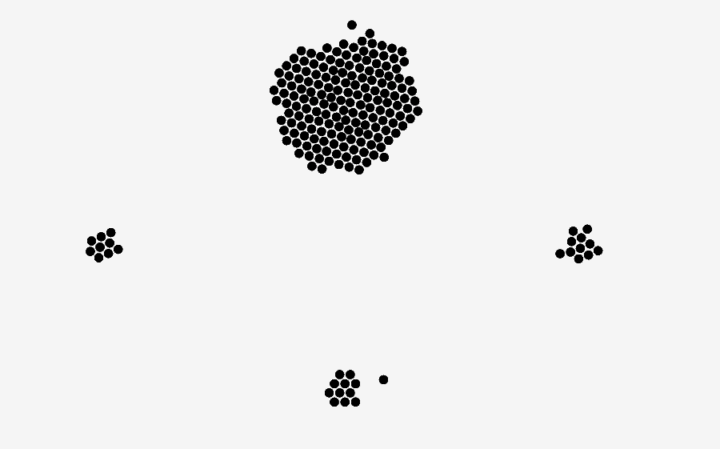

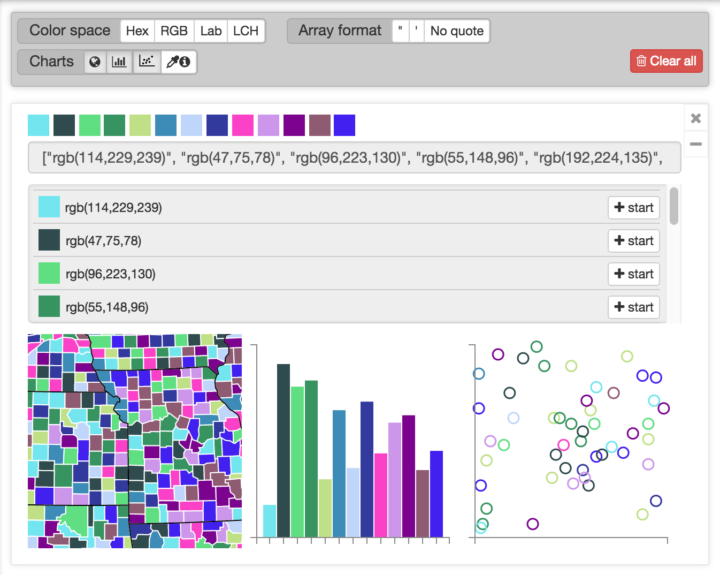
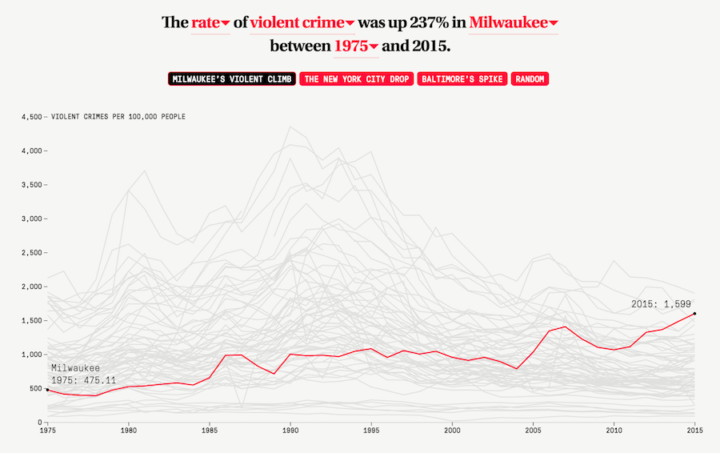

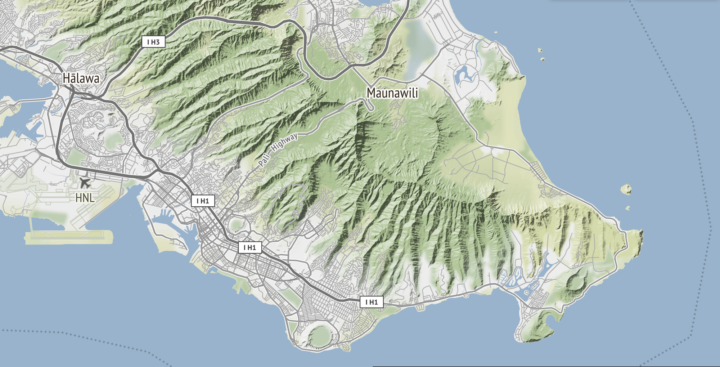










 Visualize This: The FlowingData Guide to Design, Visualization, and Statistics
Visualize This: The FlowingData Guide to Design, Visualization, and Statistics
